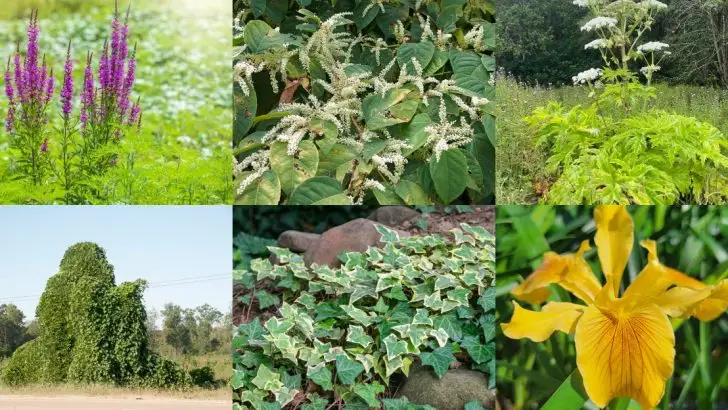Some plants are so bold, they’ve been banned. They don’t just grow—they take over. Charming at first glance, sure— But give them an inch, and they’ll swallow your yard whole. From deceptively sweet blooms to aggressive underground runners, these perennials have landed themselves on the naughty list. Not just frowned upon—flat-out illegal in some states. And yet, gardeners still whisper about them. Trade clippings like contraband. Secretly admire them from across the fence. Curious what flora is forbidden? You might be surprised which innocent-looking flowers made the cut. (Or rather, were cut from polite society.) Before you fall in love with the wrong perennial, check this list. Because in some places, planting one could get you a fine— or at least a very angry neighbor.
Purple Loosestrife
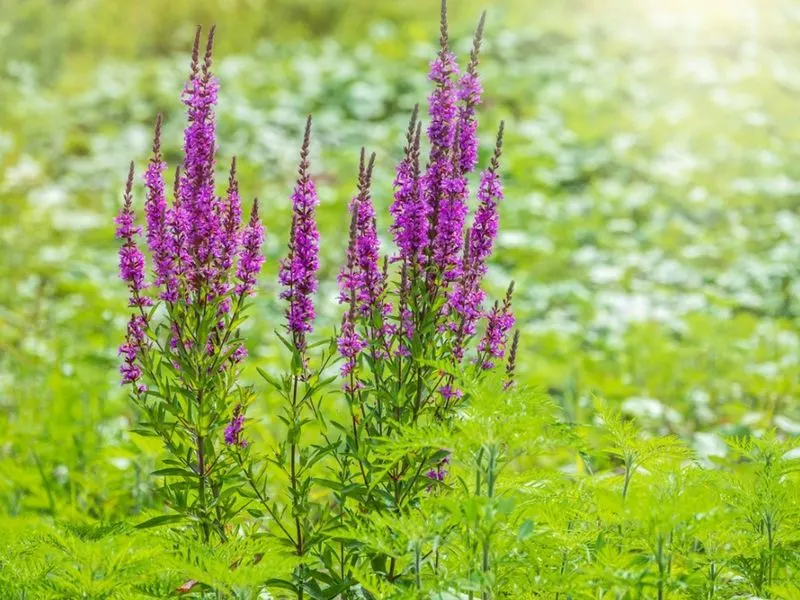
Purple loosestrife is a striking plant with tall spikes of bright purple flowers. However, its charm hides its invasive nature. Often found in wetlands, it aggressively outcompetes native vegetation. This aggressive spread can disrupt local ecosystems, affecting wildlife that relies on native plants. In states like Minnesota and Illinois, planting purple loosestrife is banned due to its ecological impact. For gardeners, it’s a reminder to prioritize native species that support local biodiversity. So, while its beauty is undeniable, its potential for harm is too significant to ignore.
Japanese Knotweed
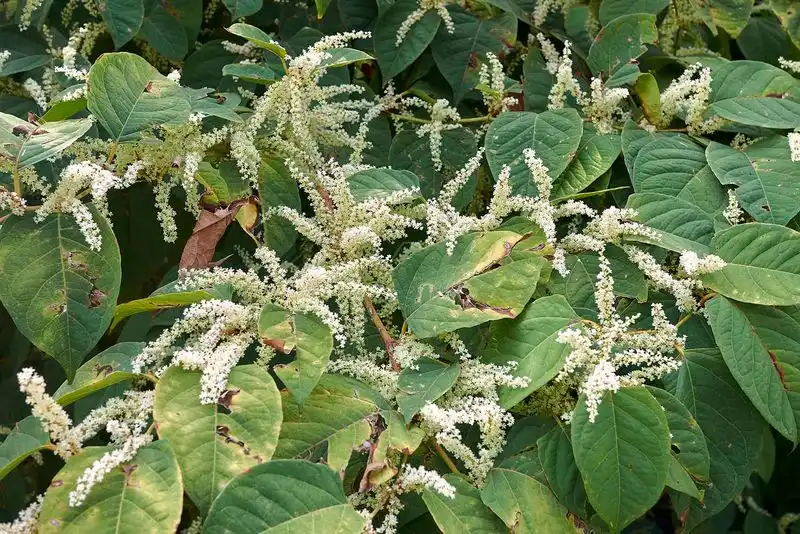
Japanese knotweed boasts bamboo-like stems and lush, heart-shaped leaves. Yet beneath its striking appearance lies a threat to native ecosystems. Known for its rapid growth, it can damage foundations and flood defenses. States like Oregon and Washington list it as a noxious weed. Its ability to thrive in disturbed soils makes it particularly troublesome for construction sites. Planting it can lead to costly eradication efforts, so avoiding it is crucial for maintaining ecological balance. Its allure is overshadowed by its potential for destruction.
Giant Hogweed
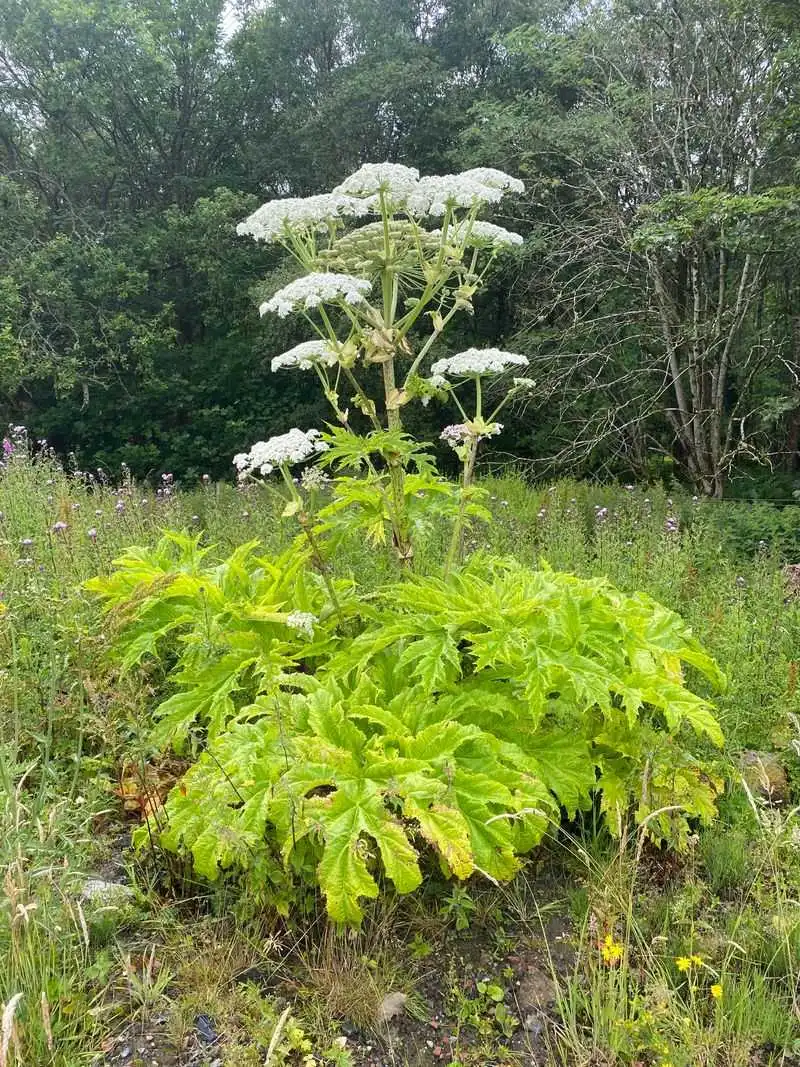
The giant hogweed is both impressive and intimidating, with its towering height and massive white flower clusters. While it’s a sight to behold, its sap can cause severe skin burns and even blindness. Due to its dangerous nature, states like New York and Pennsylvania have outlawed its cultivation. It’s a plant best admired from afar, as its presence can pose serious health risks. Gardeners are urged to replace it with safer alternatives that offer beauty without the hazards. Its size and beauty are deceiving.
Kudzu
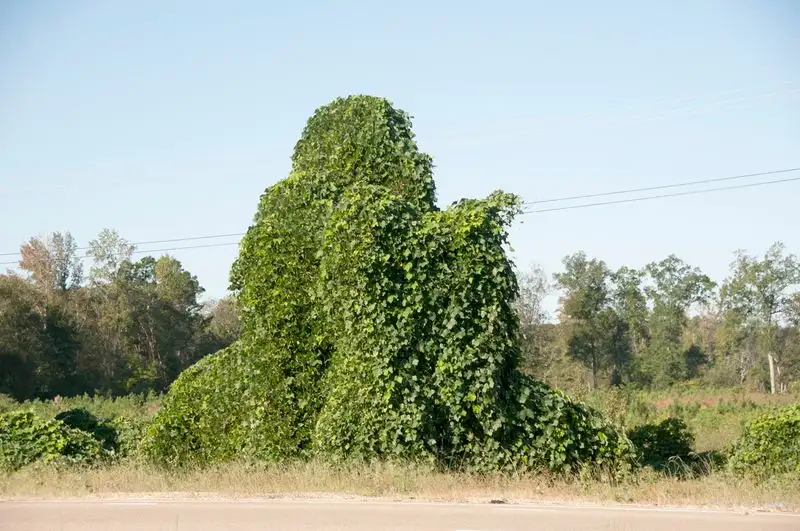
Kudzu is known as “the vine that ate the South.” Its rapid growth can cover entire landscapes, including trees and buildings. Originally introduced for erosion control, it quickly became an invasive menace. Southern states like Georgia and Alabama have strict regulations against planting it. Kudzu’s ability to smother native plants makes it a significant ecological threat. While it offers lush greenery, the damage it causes to biodiversity is enormous. It’s a reminder of how well-intentioned introductions can go awry, highlighting the need for careful ecological consideration.
English Ivy
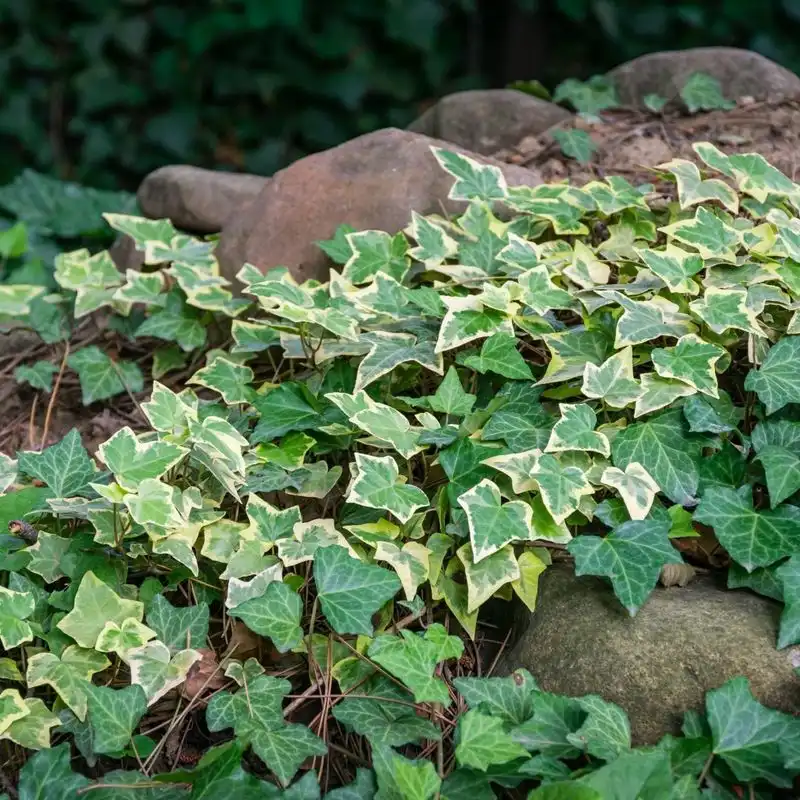
English ivy is often admired for its classic beauty and ability to enhance architecture. However, in the wild, it poses a serious threat to native forests, smothering trees and shrubs. States like Oregon and Washington have recognized its invasive nature, restricting its planting. It can escape cultivation, leading to ecological damage. For those who love its aesthetic, choosing native alternatives can help preserve natural habitats. Its appeal is undeniable, but so is its potential to harm the environment. Consider this before adding it to your garden.
Yellow Iris
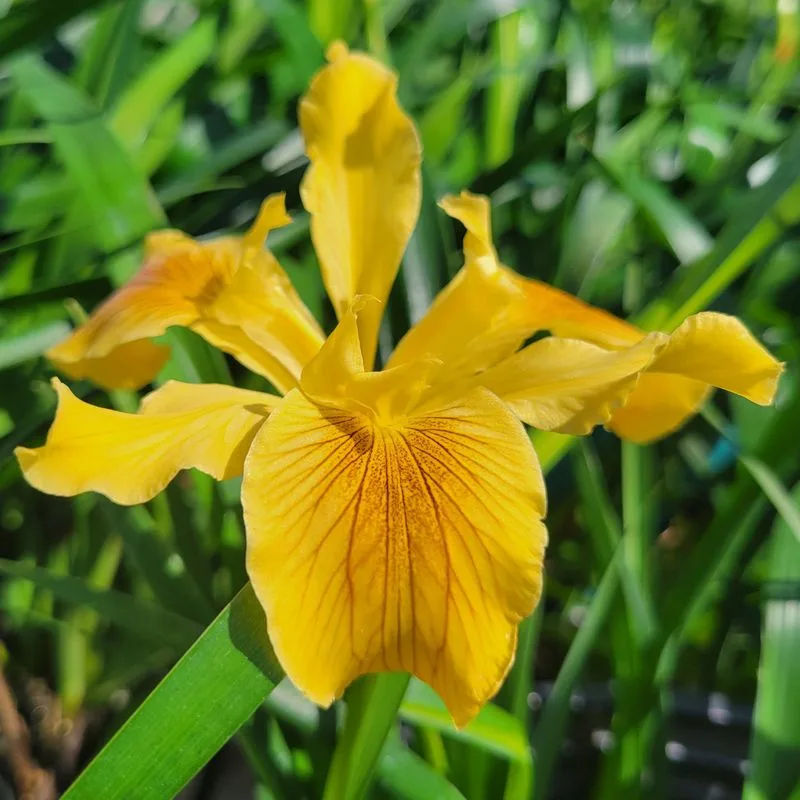
Yellow iris, with its sunny blooms, can brighten any garden, but it’s notorious for its invasive behavior in wetland areas. It spreads aggressively, forming dense stands that threaten native plant communities. States like Connecticut and Massachusetts have placed restrictions on its cultivation. While its allure is understandable, its impact on biodiversity is concerning. Gardeners are encouraged to opt for native wetland plants that support local wildlife. Its beauty is tempting, but its potential for ecological disruption makes it a risky choice.
Garlic Mustard
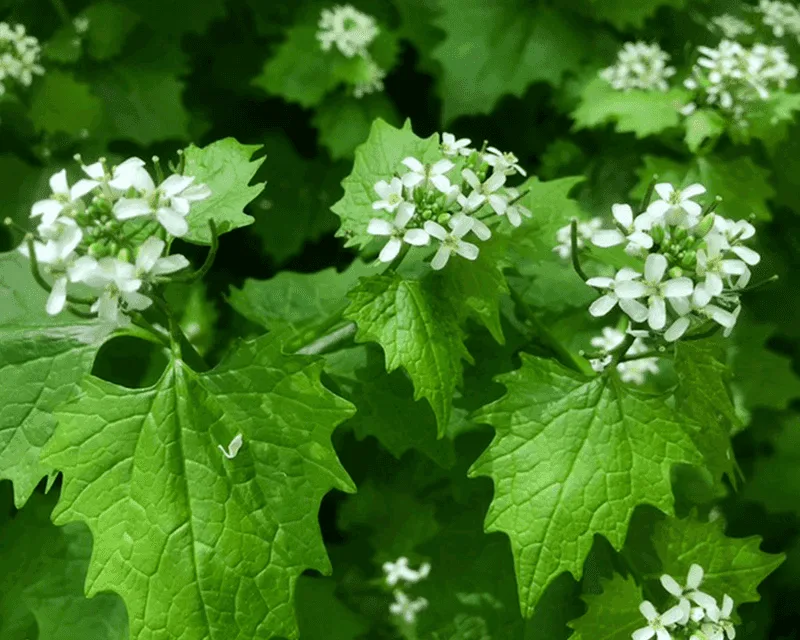
Garlic mustard is a common sight in forests, with its small white flowers and distinct garlic scent. Despite its culinary appeal, it aggressively invades natural areas, outcompeting native plants. States such as Wisconsin and Indiana have declared it a noxious weed. Its ability to thrive in shaded environments makes it particularly damaging to woodland ecosystems. By avoiding its cultivation, gardeners can support native flora that provides essential habitat for wildlife. Its scent may be appealing, but its impact on biodiversity is detrimental.
Water Hyacinth

Water hyacinth, with its attractive purple flowers, floats gracefully on water surfaces. However, it forms dense mats that can suffocate aquatic life and block waterways. States like Florida and Texas have strict regulations to control its spread. Its rapid reproduction makes it a formidable invader of ponds and lakes. Gardeners can help protect aquatic ecosystems by choosing native aquatic plants instead. Its beauty is captivating, yet its potential to disrupt water habitats is significant. Consider the environmental impact before introducing it to your garden.
Scotch Broom

Scotch broom is known for its bright yellow blossoms that light up landscapes. Despite its beauty, it invades grasslands and forests, outcompeting native vegetation. Oregon and California have implemented measures to control its spread. It’s a reminder of the delicate balance between aesthetic appeal and ecological responsibility. For those enchanted by its color, native flowering shrubs offer a sustainable alternative. The allure of its blooms is matched by the ecological concerns it raises, urging gardeners to prioritize environmental health.
Mile-a-Minute Vine
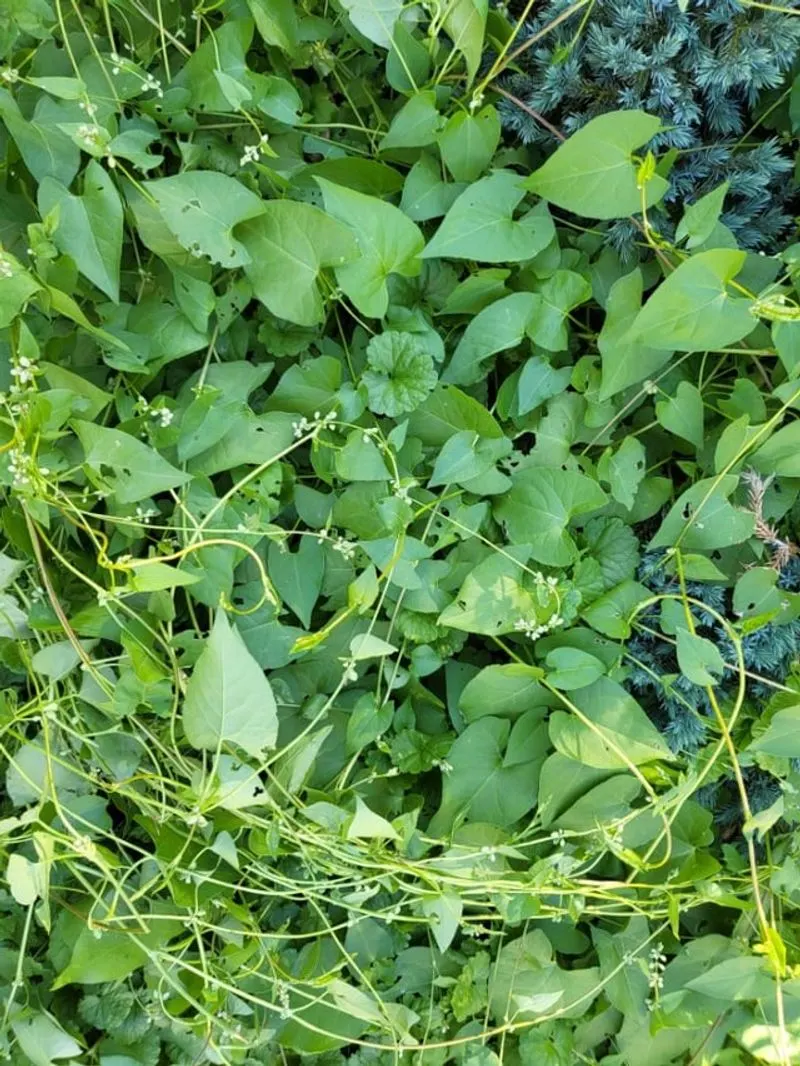
The mile-a-minute vine, named for its rapid growth, can overtake natural habitats with alarming speed. Its ability to smother native plants has earned it a notorious reputation. States like Pennsylvania and New Jersey have outlawed its cultivation. Its presence can drastically alter ecosystems, making it a serious threat to biodiversity. Gardeners can contribute to conservation efforts by choosing native climbers that support wildlife. While its vigorous growth may be impressive, its potential to harm natural areas is a major concern.
Norway Maple

Norway maple is a popular shade tree with broad leaves and a dense canopy. However, its invasive roots can outcompete native trees for nutrients and water. States like Vermont and New Hampshire have restricted its planting. Its adaptability to urban environments makes it a common choice, yet its ecological impact is significant. By opting for native trees, gardeners can support local ecosystems and wildlife. While it offers ample shade, the consequences of its dominance in natural areas should not be overlooked.
Common Tansy
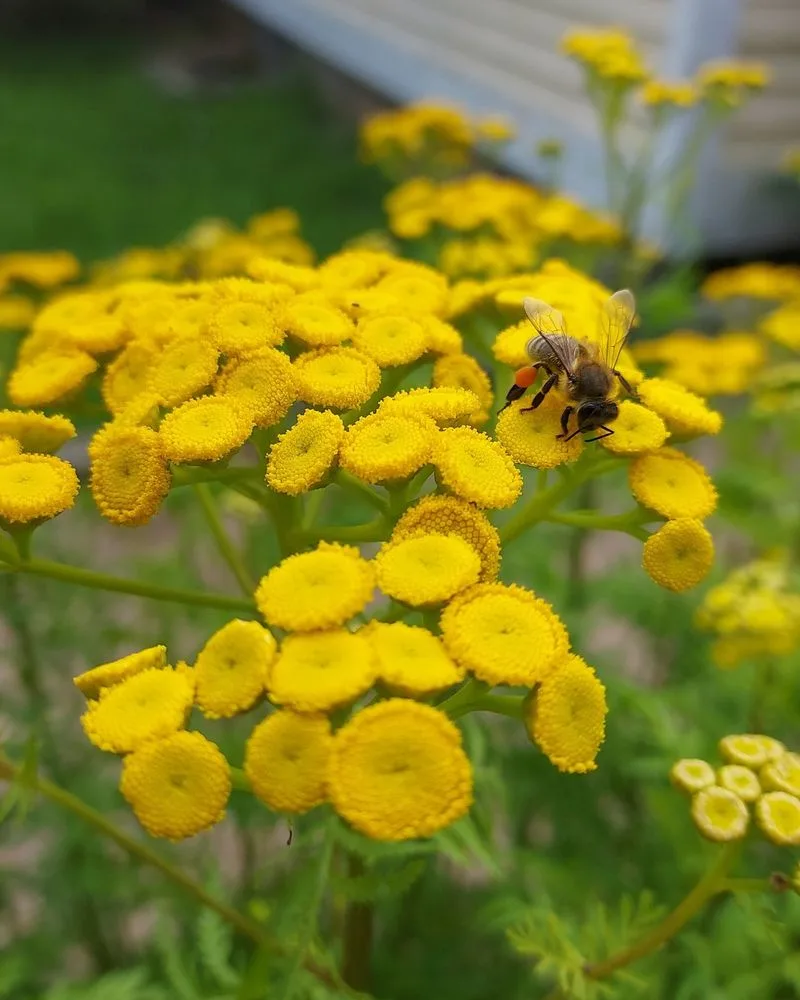
Common tansy, with its cheerful yellow flowers, is often found in gardens and wild landscapes. Despite its sunny disposition, it’s considered invasive in states like Colorado and Montana. Its ability to form dense stands can crowd out native plants. It’s a reminder of the importance of choosing plants that support local biodiversity. Gardeners can enjoy similar blooms by selecting native wildflowers. The appeal of its flowers is clear, yet its potential to disrupt ecosystems makes it a controversial choice.
Creeping Jenny

Creeping Jenny is loved for its ornamental value, with cascading stems and round green leaves. However, its ability to spread rapidly makes it a problem in natural areas. States like Connecticut have recognized its invasive potential, banning its planting. While it creates a lush ground cover, it can displace native species. Gardeners can contribute to habitat preservation by choosing native ground covers that support wildlife. Its visual appeal is undeniable, but its impact on ecosystems is a critical consideration.
Lesser Celandine
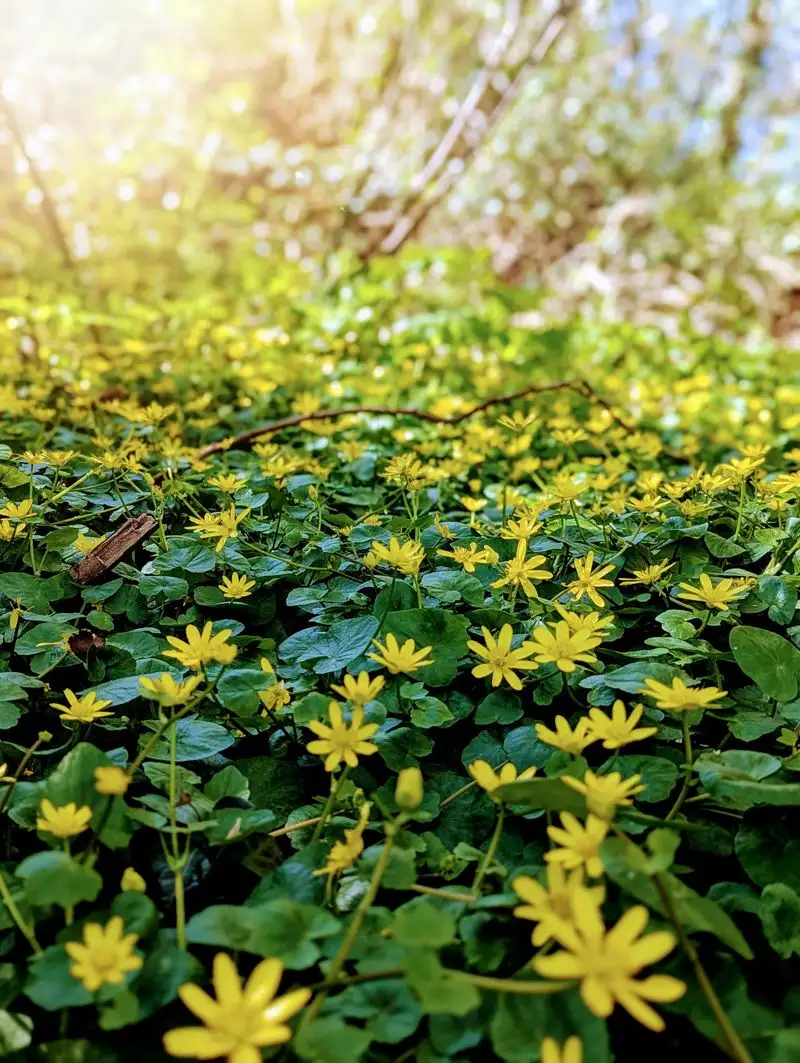
Lesser celandine, with its vibrant yellow blooms, heralds the arrival of spring. Yet, it poses a threat to native spring wildflowers. Its ability to form dense carpets can outcompete other vegetation. States like Maryland and Virginia have taken action to control its spread. While its early blooms are a welcome sight, its impact on biodiversity is troubling. Gardeners can support native plant communities by avoiding its cultivation. The brightness of its flowers belies the ecological concerns it presents, urging careful consideration.
Autumn Olive
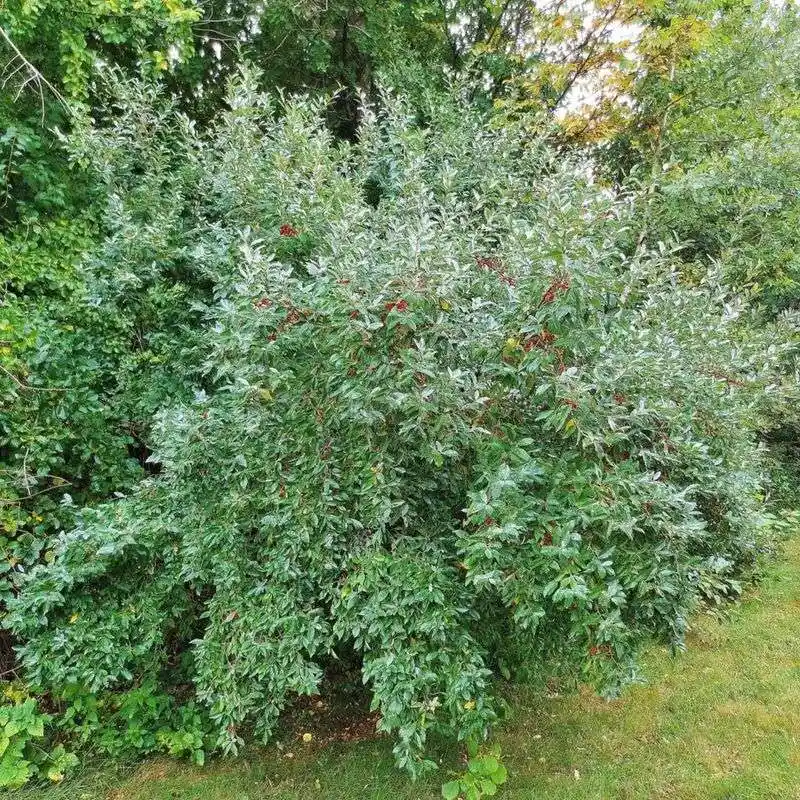
Autumn olive is recognized for its silvery leaves and red berries, but it’s a pest in natural landscapes. Its nitrogen-fixing ability allows it to thrive in poor soils, outcompeting native plants. States like New York have listed it as invasive, with restrictions on planting. For those charmed by its appearance, native berry-producing shrubs offer a wildlife-friendly alternative. Its beauty is appealing, yet the ecological impact of its spread is concerning. Consider the balance between ornamentation and ecosystem health when gardening.
Tree of Heaven
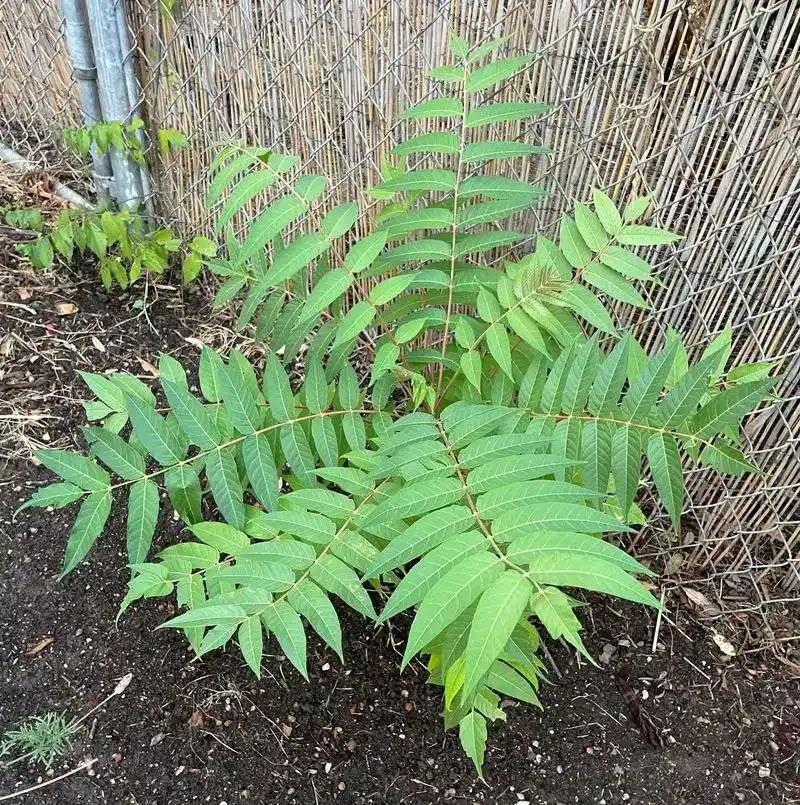
The tree of heaven, with its rapid growth and tolerance of poor soils, is often found in urban areas. Despite its resilience, it aggressively invades open lands, outcompeting native vegetation. States like Pennsylvania have labeled it a noxious weed. Its ability to produce a large number of seeds makes it particularly invasive. By choosing native trees, gardeners can help protect local ecosystems. While its name suggests grandeur, its impact on natural areas is far from heavenly. Careful selection of landscape plants is key.
Bamboo

Bamboo, prized for its exotic appearance and rapid growth, is a popular choice for privacy screens. However, some species have invasive tendencies, spreading beyond intended areas. States like New York have regulated its planting due to its aggressive nature. While it provides a lush, tropical feel, its potential to disrupt local flora is significant. Gardeners can opt for clumping varieties that are less invasive, preserving ecological balance. Its appeal is undeniable, yet the environmental consequences require thoughtful consideration.
Crown Vetch
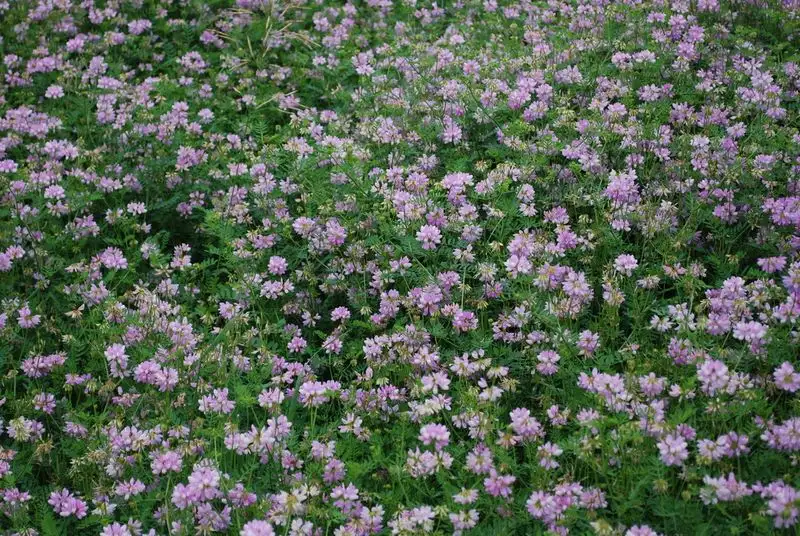
Crown vetch, with its delicate pink flowers, is often used for erosion control. However, its aggressive spread can lead to monocultures, suppressing native plant diversity. States like Iowa and Pennsylvania have taken steps to manage its growth. While it’s effective in stabilizing soils, its impact on biodiversity is concerning. Gardeners can contribute to conservation by selecting native ground covers that support wildlife. Its floral beauty is attractive, but the ecological implications of its spread are noteworthy.

